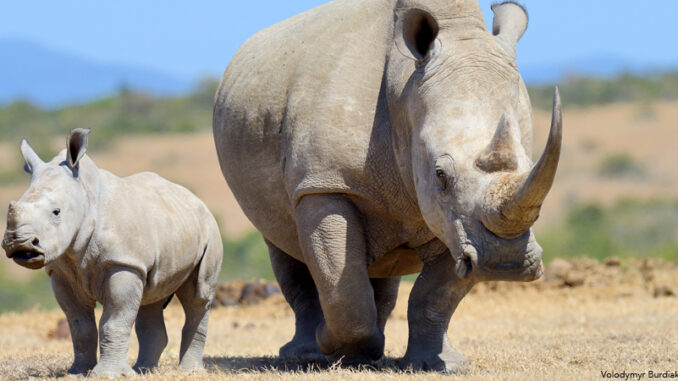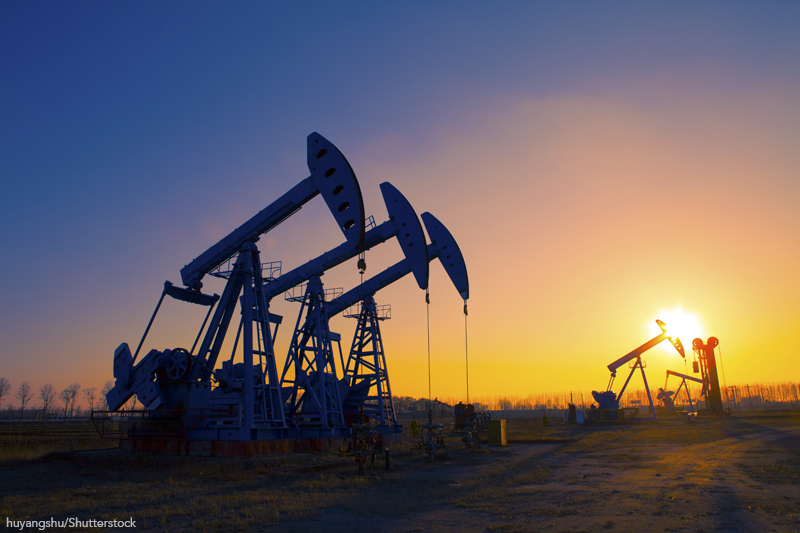
White House Re-examines Drilling on Public Lands
One controversial decision of the Trump administration was opening more public lands to oil and gas companies for drilling. Last week, President Biden announced changes to the federal lands leasing program that will require energy programs to pay higher fees and will contain drilling to certain areas. This move angered many congressional Republicans, as well as oil companies. But at the same time, it also frustrated many congressional Democrats and environmentalists, who wanted Biden to ban the leasing of public lands for energy drilling altogether.
The White House plans to change the leasing program by:
- raising fees for oil and gas drilling on public lands;
- banning drilling in the Arctic refuge and along the Atlantic and Pacific coasts,
- banning drilling within a ten-mile radius of national parks; and
- possibly requiring the energy companies to set aside money for future cleanup efforts.
After taking office in January 2021, President Biden put a pause on federal oil and gas lease sales out of a concern for climate change. He then ordered a review of the program. These steps are the result of the findings from that review. The goal was to find a “middle ground” between the multibillion-dollar leasing program and demands from climate activists to take environmental concerns seriously. While Republicans call the White House’s compromise approach a war on domestic energy production, Democrats say that it does not go nearly far enough to effectively combat the climate change crisis.
What Do You Think? In your opinion, does the Biden administration’s new federal land leasing program go too far, or not far enough? Explain.
White Rhinos Transported in Historic Flight
White rhinos are a threatened species. There are only an estimated 18,000 of them left in the world. They are kept on wild game reserves and in other protected areas, almost all of them in South Africa. To help protect these animals, conservationists last week transported thirty of these rhinos two thousand miles from a game reserve in South Africa, to Akagera National Park in Rwanda. This was the largest single movement of rhinos ever. To get from one place to the other, the animals were blindfolded and put into crates, loaded into trucks, and transported about 170 miles to the airport, where they were loaded onto a Boeing 747. The historic flight took about three and a half hours.
The goal of the move is to keep the rhinos safe from poaching so that they can breed and grow their numbers. (The transported group included eleven males and nineteen females, which experts say is ideal for breeding.) To help ensure their safety, each of the rhinos will wear a tracking monitor. There is also a canine unit that is trained to defend the animals from poachers, as well as regular helicopter surveillance over the area. The rhinos will be checked on daily by a specially trained veterinarian.
Dig Deeper The world’s white rhino population was rescued from the brink of extinction in the early 1900s. How? Use Internet resources to help you figure out the major threats to the white rhino population then and now, as well as how their numbers were increased in the past.
Josephine Baker Inducted into France’s Pantheon
The French Pantheon is a huge, dome-shaped mausoleum built in the 1700s. Many important figures from France’s history are buried here, such as Voltaire, Jean-Jacques Rousseau, and Marie Curie. The Pantheon also serves as a place to honor important people recognized by the French government. Last week, singer and dancer Josephine Baker was honored by the Pantheon as well. This is historic, because she is the first American performing artist, and the first African American woman to be honored this way.
Baker is buried in Monaco, and her body will not be moved. Instead, her memory will be honored with a plaque at the Pantheon. During the ceremony, French president Emmanuel Macron recognized Baker for her many contributions as a mother, entertainer, civil rights activist, and war hero.
Baker was born in the United States in 1906. As a teenager, she moved from her hometown of St. Louis, Missouri, to New York City because she knew she wanted to be a performer. There, she joined an all-African American dance troupe and was discovered by a talent scout from Paris. Baker made a name for herself in Paris in 1920s and 1930s, where there was no legal segregation. She became an icon of the Jazz Age. She was the first African American woman to star in a feature film, and she also wrote several books about describing her experiences of racism. During World War II, she was a spy against the Nazis and helped hide Resistance fighters and Jewish refugees. Later, she returned temporarily to the United States to speak at the 1963 March on Washington alongside Dr. Martin Luther King, Jr.. She died of a stroke in 1975, at the age of 68, and was buried with full military honors.
What Do You Think? What do you think are the most significant events in the life of Josephine Baker? Create an annotated timeline of these important dates.
New Omicron Variant Detected
First you heard about Delta and now you are hearing about Omicron–the newest variant of COVID-19. The variant is still very new, but here is what scientists have been able to learn about it so far.
How did it start? Similar to the flu, the coronavirus can mutate and these mutations can lead to a whole new strain of the disease. That’s what is happening now. The first confirmed cases of Omicron were identified by South African scientists, though the Omicron variant likely existed in several different nations as well.
How fast does it spread? Scientists are still trying to determine if this variant spreads more rapidly and/or easily than Delta. It has spread very rapidly in South Africa, and some experts say that it can infect three to six times as many people as Delta in the same amount of time. Early evidence also seems to show that people who have already had COVID are more vulnerable to infection by Omicron. However, this coronavirus variant may not be as deadly as the others. So far, cases have been confirmed in the United States in California, New York, Minnesota, Hawaii, and Colorado. The European Center for Disease Prevention and Control said last week that by spring, Omicron could likely be the dominant strain in Europe. Omicron cases have been detected in 38 countries, although so far, no deaths have been reported from it.
Are vaccines still effective? Some scientists have expressed concern that Omicron may be better than previous strains at evading the vaccine. That’s because Omicron has a higher number of mutations than other strains, which could potentially make the vaccine less effective at fighting it. However, health officials in the United States still stress that the best weapon to fight the spread is to get vaccinated, including a booster shot. And everyone should continue practicing good public health habits like public mask-wearing indoors, and frequent hand washing.

